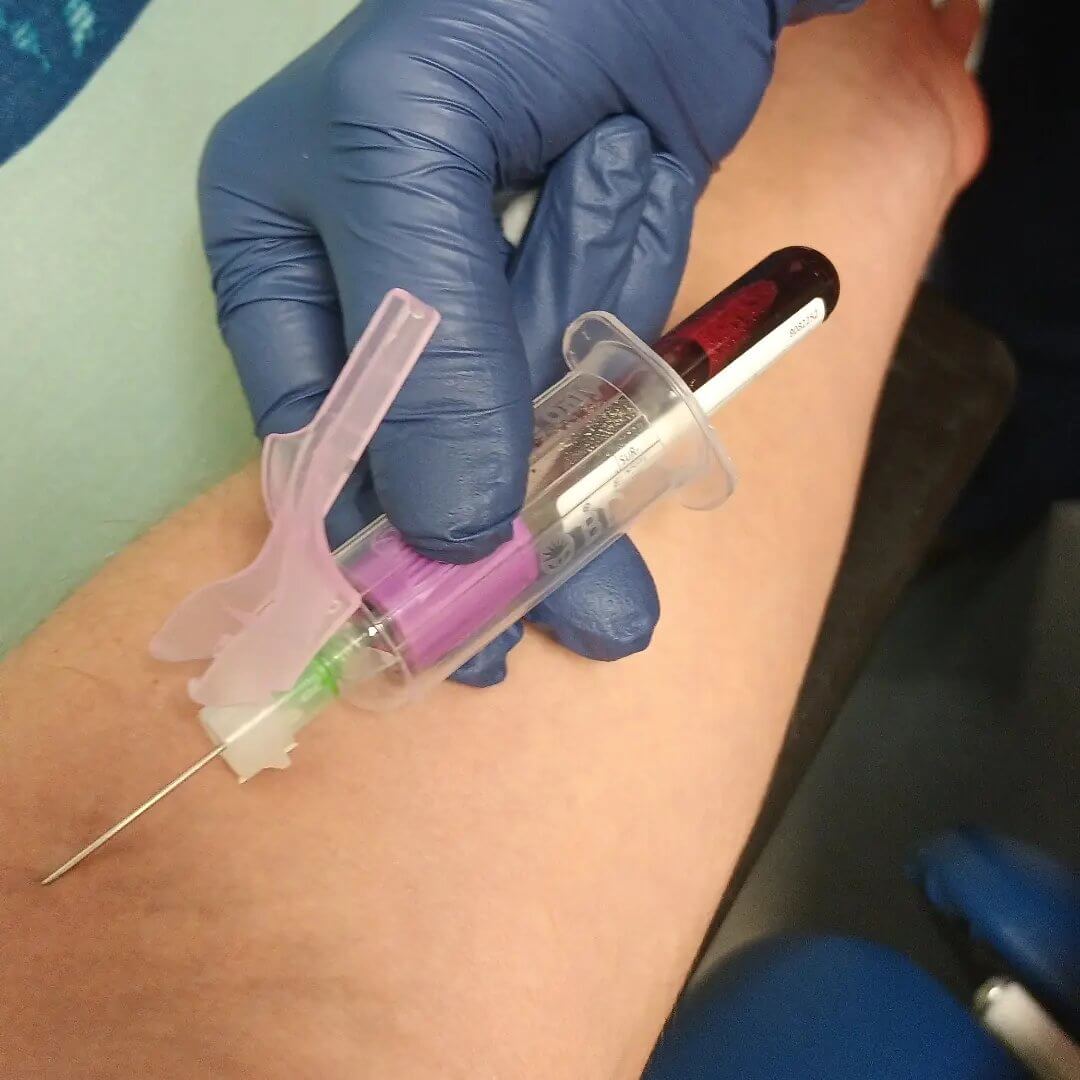
This results of test will tell me what my average blood glucose levels have been for the last 3 months. Keeping HbA1c low reduces the risk of complications.

A healthy person has an HbA1c below 6% (pic 2). 6.5% is a good benchmark for people with T1D, although everyone is different.

Glucose in the blood binds to haemoglobin in red blood cells to form glycated haemoglobin (HbA1c). The test works because how much HbA1c forms is directly proportional to how much sugar is in your blood.
My @dexcom continious glucose monitor gives me an HbA1c estimate, but I have one blood test a year to double check. It will be interesting to see how they compare. My diabetes team also tests my blood lipid profile and kidney function at the same time to check I’m not developing any complications.

Poor glucose control with lots of highs and lows can average out to give a good HbA1c, so ‘time in range’ is a considered a better indicator of control.

Leave a Reply